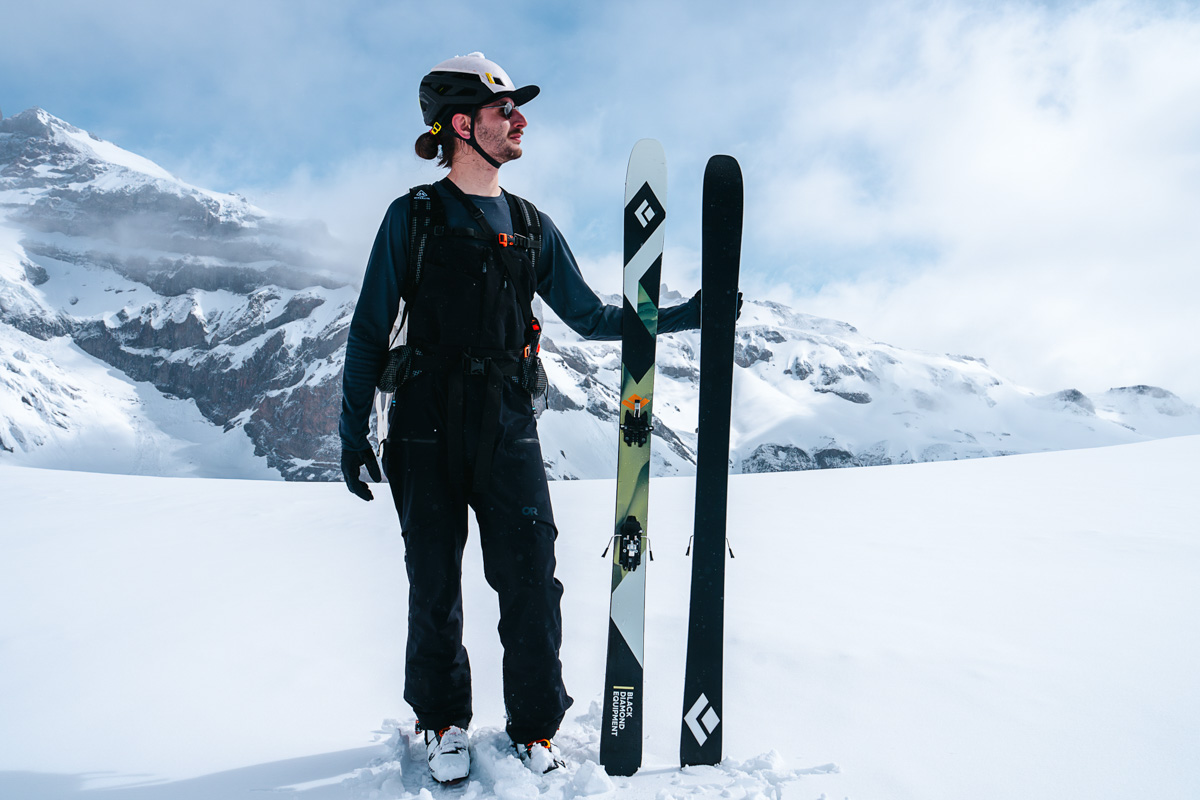
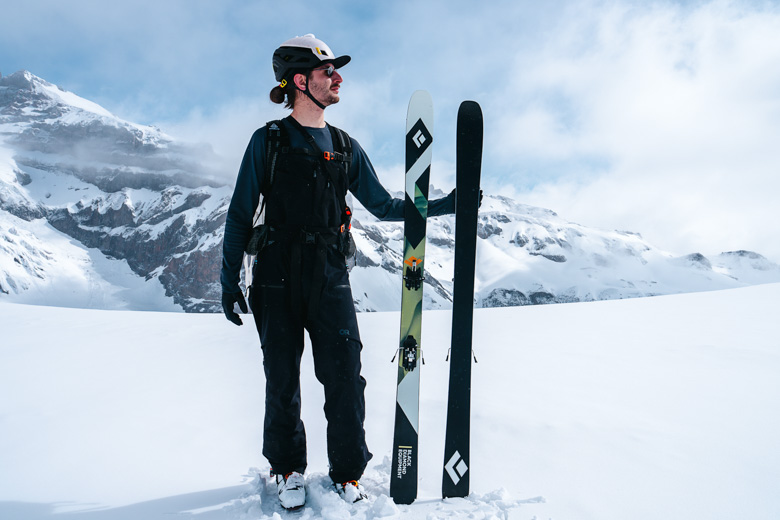
Price: $850
Weight per pair: 2,700g (179cm length)
Dimensions: 122-88-111mm
What we like: A lightweight mountaineering ski that excels on the skin track and tricky hardpack descents.
What we don't: Not suitable for powder or chunder; topsheet is prone to damage.
See the Black Diamond Helio Carbon 88
A climbing brand at its core, it’s no surprise that Black Diamond would make a ski purpose-built for long skin track missions. With a paulownia core and carbon fiber layup, the Helio Carbon 88 is competitively lightweight. And while many narrow skis prioritize uphill efficiency at the expense of downhill performance, the Helio remains impressively maneuverable on hardpack and ice. I’ve tested these skis on several mountaineering missions across Washington state over the past few seasons, including Mount Rainier and Mount Baker, and found them to be worth the hype. Below I detail my experiences with the Helio Carbon 88. To see how it stacks up to the competition, check out our article on the best backcountry skis.
I tested the Black Diamond Helio Carbon 88 skis on a variety of backcountry ski tours across Washington state, including ascents of Mount Rainier and Mount Baker. In the end, I came away impressed with their balance of uphill and downhill performance, especially for such a lightweight design. The ski does perform best on hardpack and icy terrain but can manage light snow and softer debris when needed.
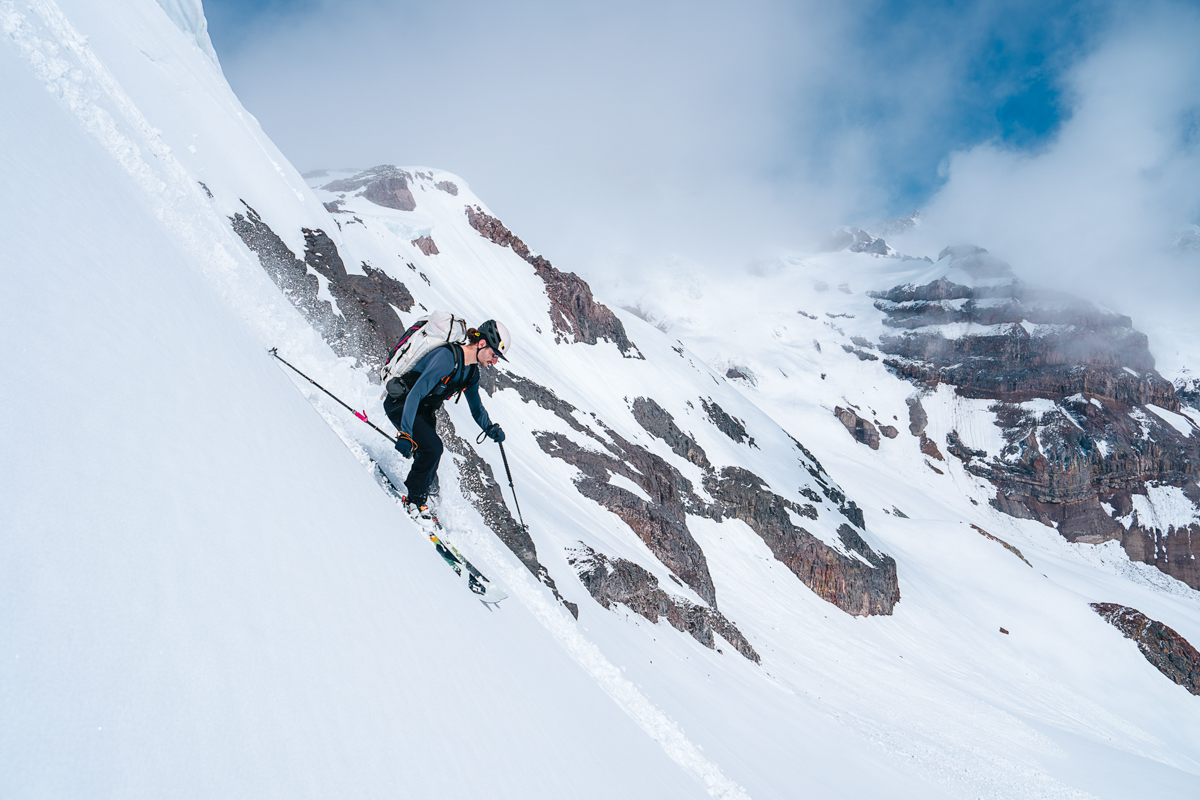
The Helio Carbon 88 proved adept at handling icy and hardpacked conditions on the mountain. With confidence-inspiring edge hold and a tight turning radius (19m for the 179cm length I tested), I trusted these skis to handle tight and tricky lines on Mount Baker’s crusty snow. Despite their lightweight construction (which I cover more in depth below), the skis remained relatively chatter-free thanks to full-perimeter ABS sidewalls. However, the narrow tail (111mm) tended to catch on crust. Mounting your ski bindings slightly forward could help shift weight toward the tip, potentially improving maneuverability and responsiveness—making for a more enjoyable ride on long volcano descents.
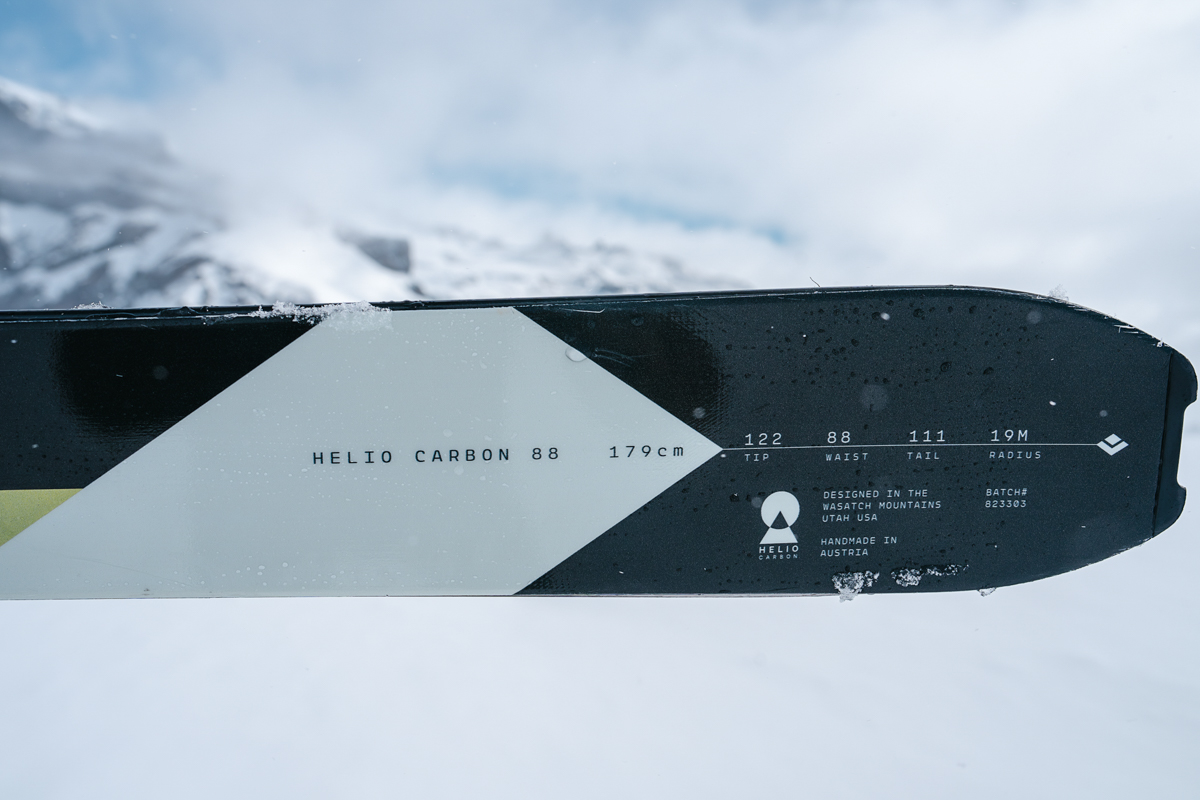
My experience piloting the Helio Carbon 88 over bumps and crud was mixed: They cut through refrozen ice chunks on Mount Rainier with ease, allowing me to charge through avalanche debris with a fully loaded 50-liter pack. However, I had an entirely different experience on Mount Baker during a mid-winter tour, where the Helio felt chattery and unstable during another ice chunk-ridden ride. I chalk this up entirely to conditions: The refrozen snow on Mount Rainier was weaker and easier to slice through, whereas Baker’s mid-winter ice was solid and impenetrable. Additionally, the windswept, sheet-like snowpack on Baker made for a rough descent—and I don't know that any ski would have fared well in these conditions.
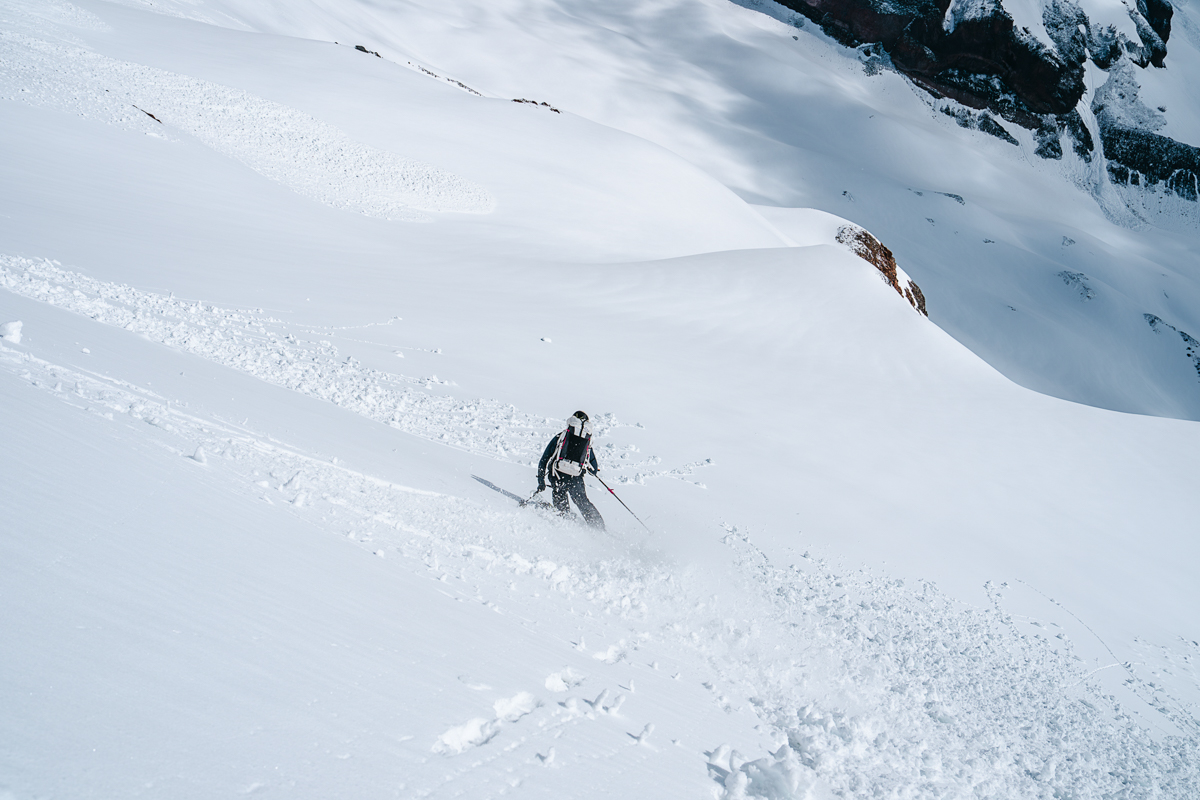
As expected for a ski that's 88 millimeters underfoot, the Helio Carbon was serviceable but not exceptional in soft snow. While the low-rise tip rocker helped keep the skis afloat at speed, they consistently sank when I was moving at a slower clip or skiing through heavier snow. They particularly struggled in UV-baked fresh snow on high glaciers, though this is clearly not what the Helio is built for. If you're willing to trade some uphill efficiency for a boost in float, a wider option like the Blizzard Zero G 105 may be a better match. Black Diamond also makes the Helio in wider 104- and 115-millimeter variations, which we break down in the "Other Versions" section below.
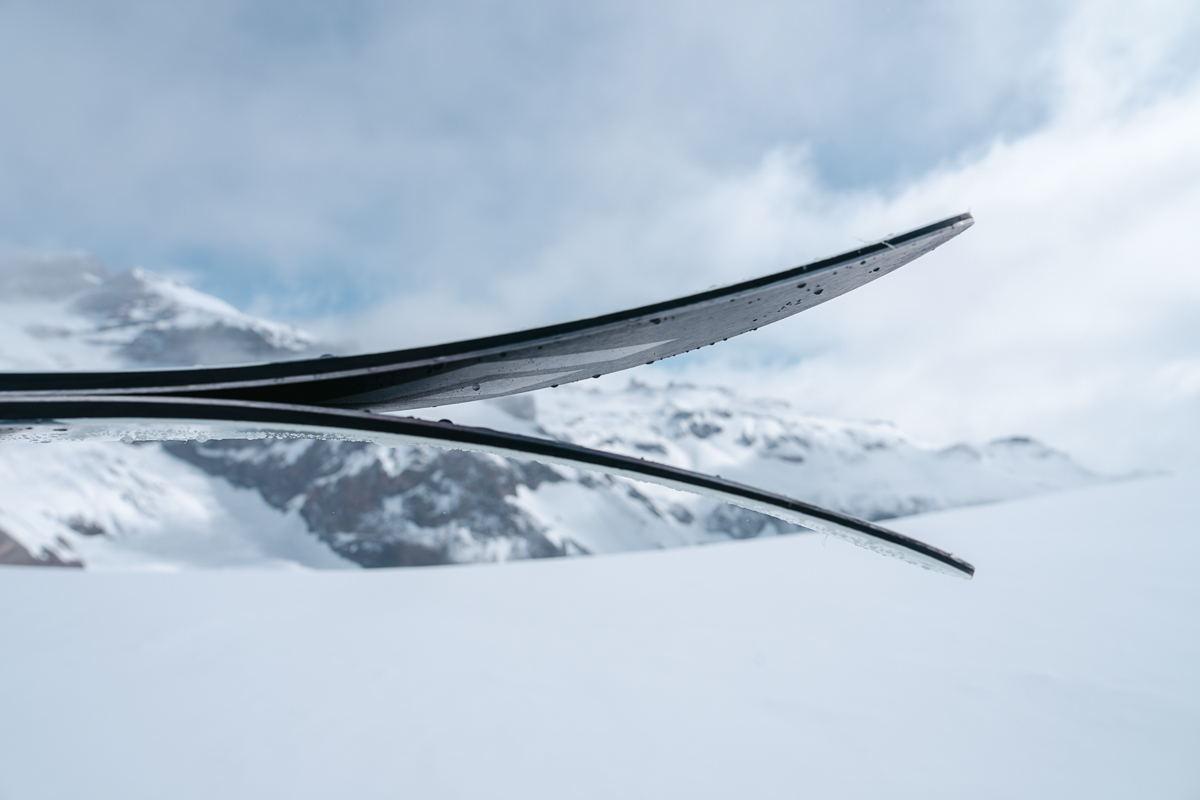
With a weight of 2,700 grams (5 lb. 15.2 oz.) per pair in the 179-centimeter length that I tested, the Helio Carbon 88 is right in line with similarly narrow competitors. These include Elan's Ripstick Tour 88 (2,660g) and Salomon's Mtn 86 Carbon (2,520g). You can go even lighter with a ski like Dynafit's Blacklight 88 and 2,420 grams per pair (for the 178cm length), but the Black Diamond offers a better balance between uphill efficiency and downhill stability, in our opinion.The paulownia wood core and carbon fiber layup keep things light, while the robust sidewalls help reduce chatter. Paired with Black Diamond's own Ascension skins, the Helio Carbon 88 climbed steep skin tracks with ease.
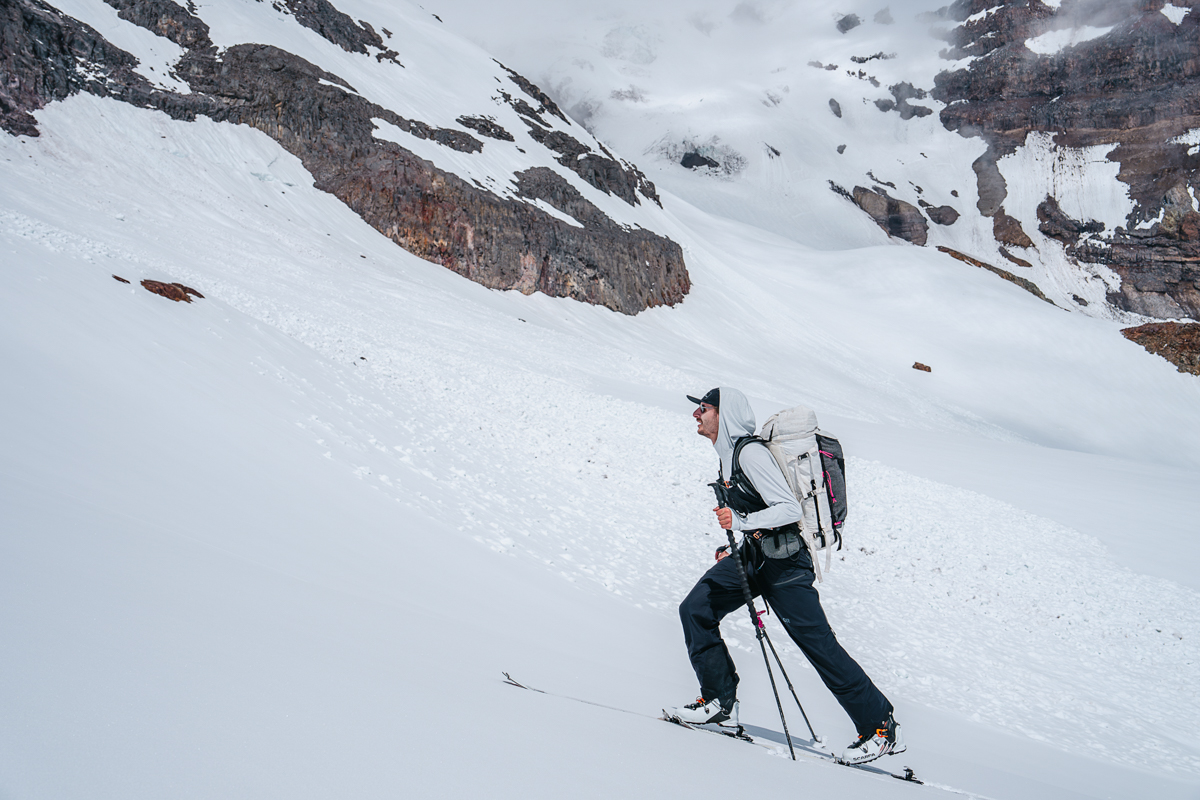
The Helio Carbon 88 held up well to spring conditions on Mount Rainier’s glaciers but showed wear after mid-winter use on Mount Baker. After a particularly icy tour, I noticed several penny-sized chunks missing from the topsheet. I'm not sure what exactly caused the damage, but I'm guessing it was either frozen tree roots at treeline or ice shards near the summit. I’ve taken other skis through similar terrain and conditions without issue, so this was pretty disappointing. (Black Diamond does offer a two-year warranty on the skis that covers material and manufacturer defects, but it's likely our tester's damage wouldn't have been covered).
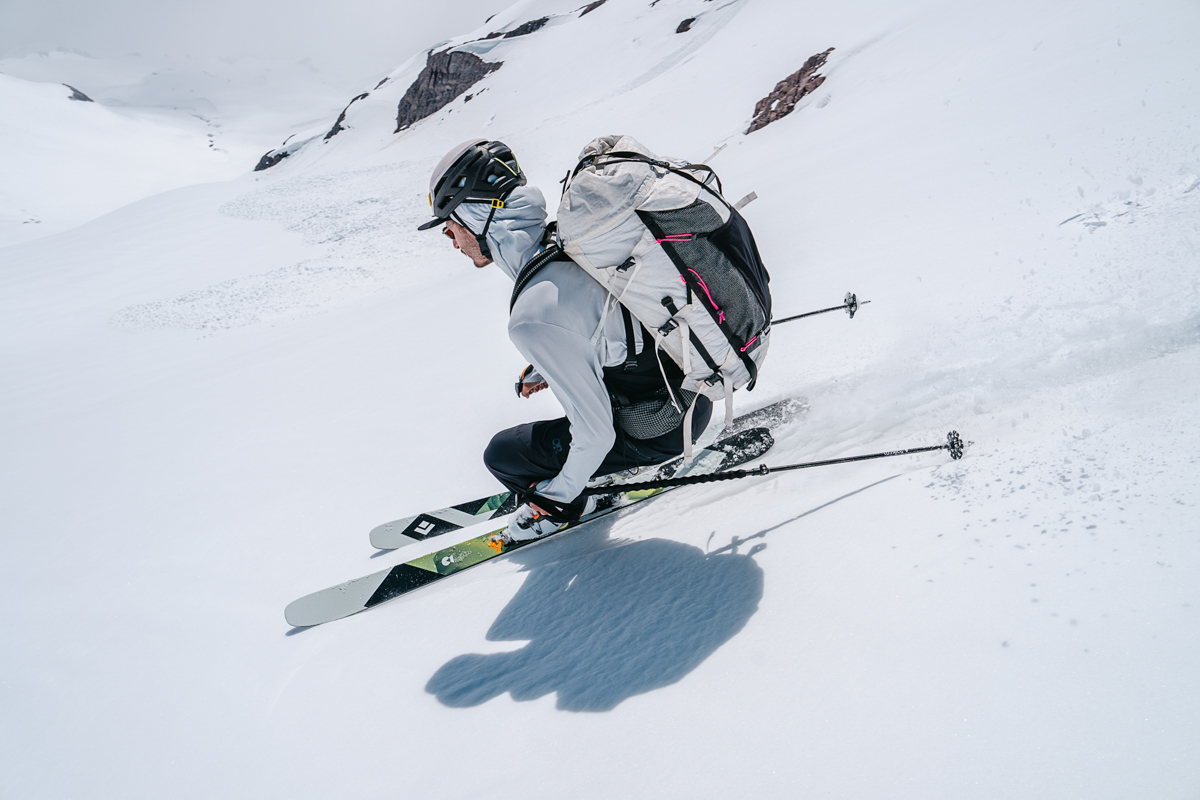
At 6'3", I opted for the 179-centimeter length in the Helio Carbon 88, which is the longest option currently available but a little shorter than what I typically run. That said, opting for a shorter ski means reduced weight and a tighter turning radius—both advantages for ski mountaineering—and I doubt a longer length would have addressed my complaints about powder performance. As I mentioned above, some may prefer to mount their bindings farther forward to help with responsiveness and playfulness, but it's largely a matter of personal preference.
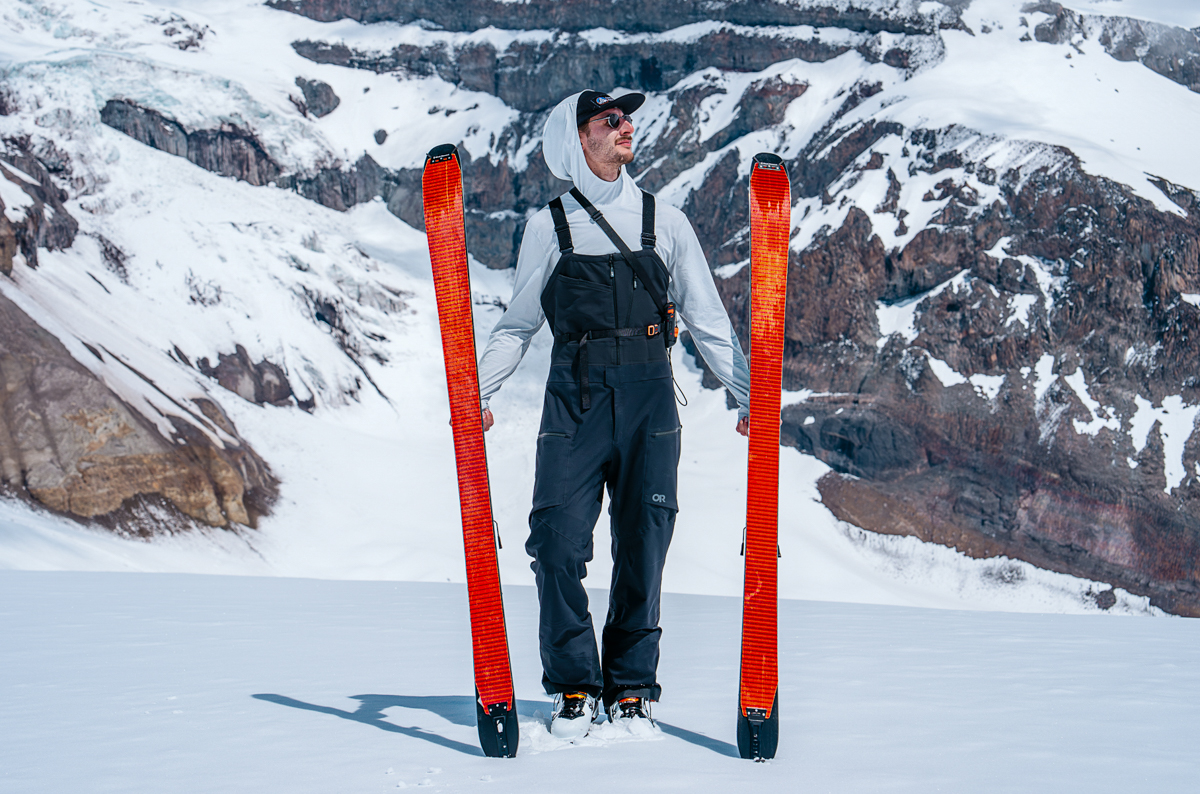
The 88-millimeter Helio Carbon is best suited for fast-and-light mountaineering, but Black Diamond offers the ski in several wider options. For backcountry-goers looking for better float in powder, the Helio Carbon 104 or Helio Carbon 115 may be the better match. As expected, both alternatives are heavier—the 104 is 2,900g per pair (for the 178cm length), while the 115 is 3,140g (177cm)—and cost more at $950 and $1,000, respectively. The Helio Carbon 95 ($880) offers a nice middle ground, delivering better downhill performance than the 88 without an excessive weight penalty (2,800g for the 176cm length). All feature paulownia wood cores, a carbon fiber layup, and full-perimeter ABS sidewalls.
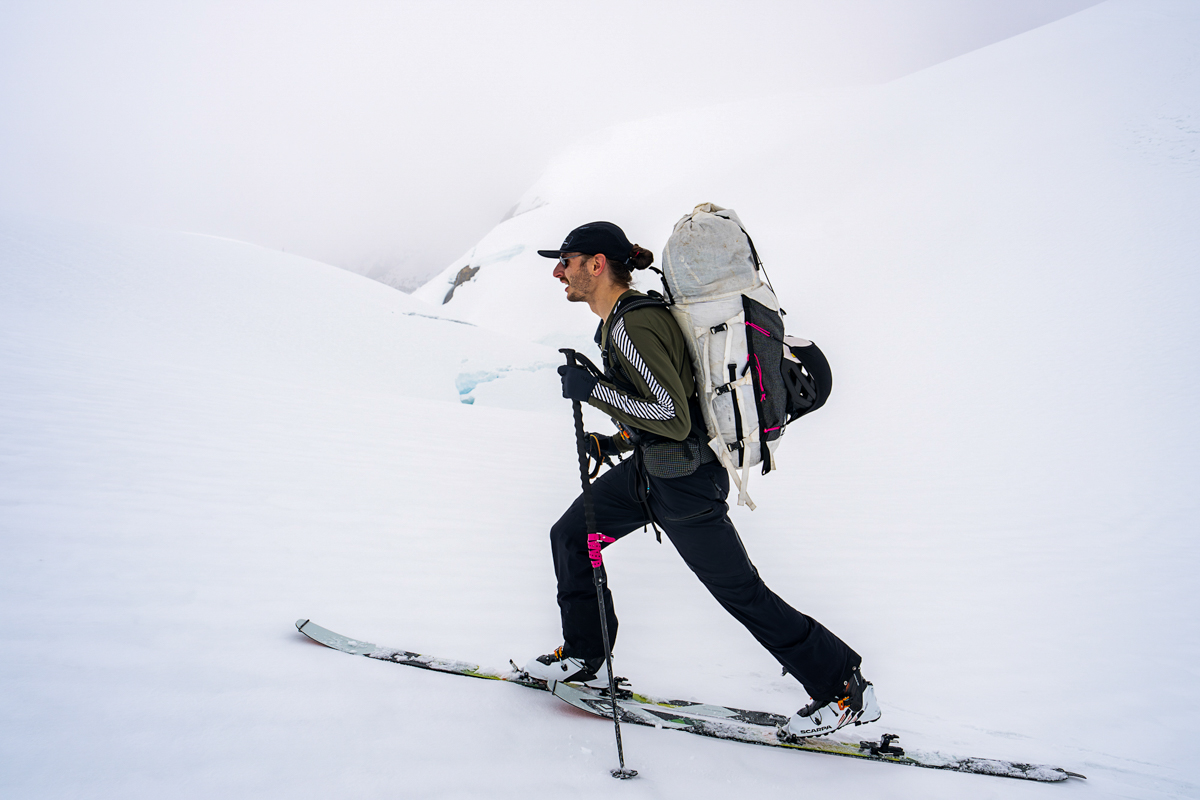
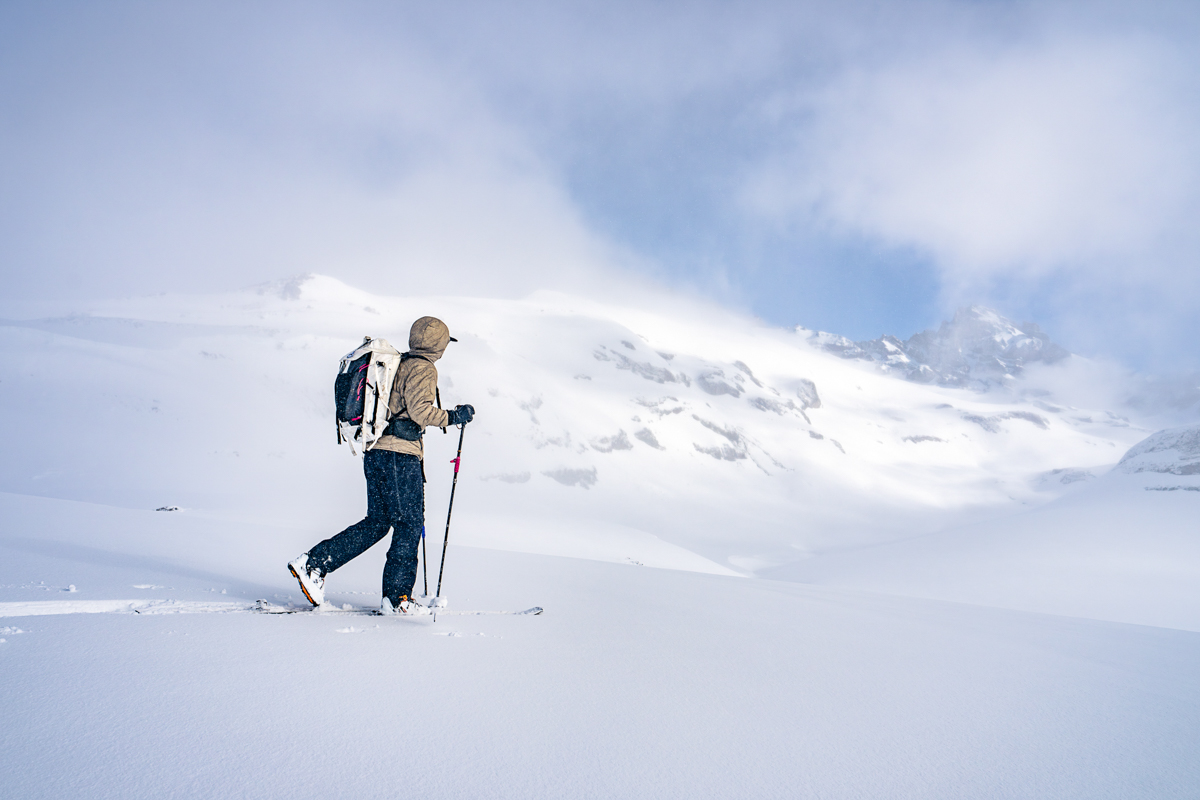
| Ski | Price | Weight (pair) | Dimensions | Radius | Construction |
|---|---|---|---|---|---|
| BD Helio Carbon 88 | $850 | 2,700g (179cm) | 122-88-111mm | 19m | Wood, carbon |
| Elan Ripstick Tour 88 | $750 | 2,660g (177cm) | 128-88-108mm | 17.6m | Wood |
| Salomon Mtn 86 Carbon | $700 | 2,520g (180cm) | 122-86-108mm | 19m | Wood, carbon |
| Dynafit Blacklight 88 | $800 | 2,420g (178cm) | 124-89-112mm | 20m | Wood, carbon |
Editor's note: Dimensions, turn radius, and weight vary depending on the length of the ski, and we used the length closest to 180cm for the sake of comparison above.
Black Diamond’s Helio Carbon 88 stands out for its impressive uphill efficiency and solid downhill performance, making it a top pick for ski mountaineering. In the same class, we also like Elan's Ripstick Tour 88, which is comparable in weight to the Helio Carbon and has the same waist width but features a wider tip for increased floatation in soft snow. It also has a slightly tighter turn radius and will save you $100 over the BD, although the Helio Carbon is more confidence-inspiring and less chattery on hardpack. Another similarly intentioned design is Salomon's Mtn 86 Carbon, which is a bit narrower at the waist but performs similarly to the Helio Carbon: reasonably lightweight for the uphill but without sacrificing much in the way of stability or precision on the descent. It's also a considerable $150 cheaper than the BD, giving it the clear edge in value.
Finally, Dynafit's Blacklight 88 is arguably the most specialized alternative with the lowest weight of the bunch (280g lighter per pair than the Helio Carbon) and an alpine-focused build that's tuned for speed. We consider the Helio Carbon to be the better all-rounder, but if fast-and-light is your goal, the Blacklight 88 is purpose-built for efficiency. And if you're looking for something wider, there are plenty of more powder-friendly options in our backcountry ski guide, although it's important to be aware of the trade-offs in uphill capabilities.
Back to the Black Diamond Helio Carbon 88 Review See Our Backcountry (Touring) Skis Guide